Evo Morales, Bolivia's first Indigenous president, won reelection three times on a leftist platform championing Indigenous rights, anti-imperialism, and Bolivian control over the country's natural gas reserves. In Bolivia in the Age of Gas, Bret Gustafson explores how the struggle over natural gas has reshaped Bolivia, along with the rise, and ultimate fall, of the country's first Indigenous-led government. Rethinking current events against the backdrop of a longer history of oil and gas politics and military intervention, Gustafson shows how natural gas wealth brought a measure of economic independence and redistribution, yet also reproduced political and economic relationships that contradicted popular and Indigenous aspirations for radical change. Though grounded in the unique complexities of Bolivia, the volume argues that fossil-fuel political economies worldwide are central to the reproduction of militarism and racial capitalism and suggests that progressive change demands moving beyond fossil-fuel dependence and the social and ecological ills that come with it.
the faculty bookshelf


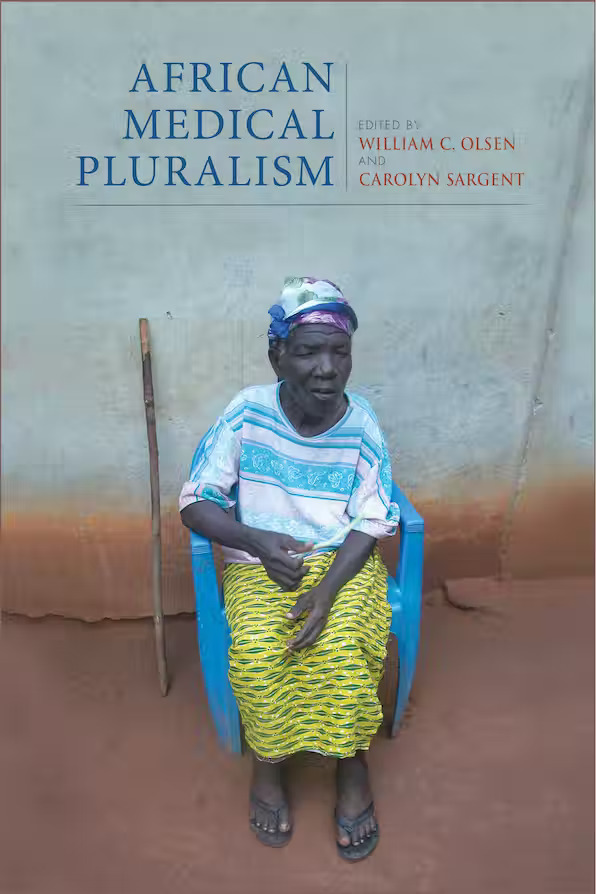


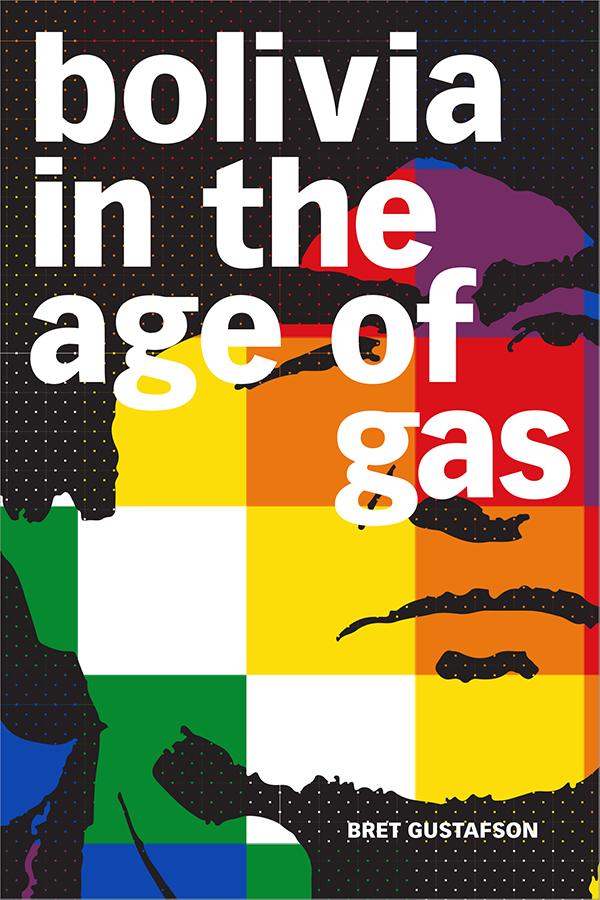


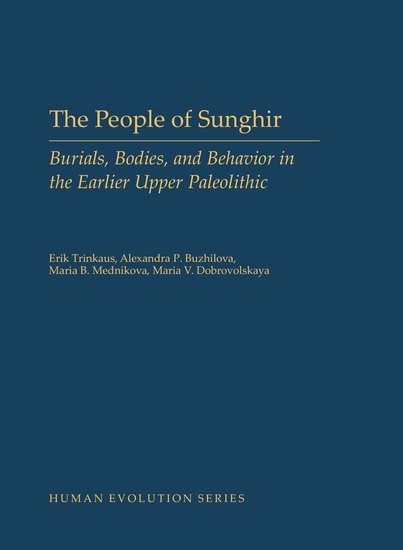
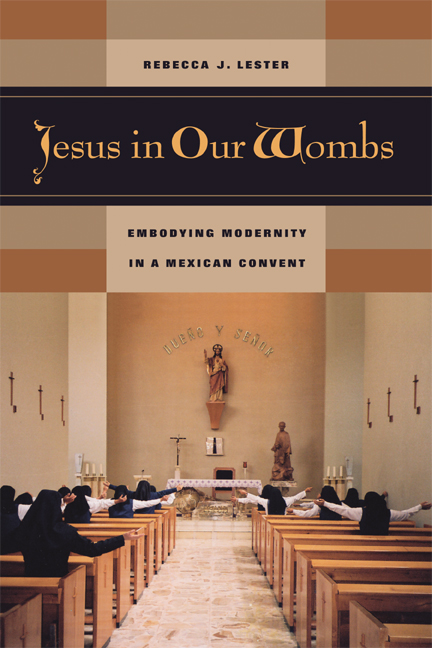


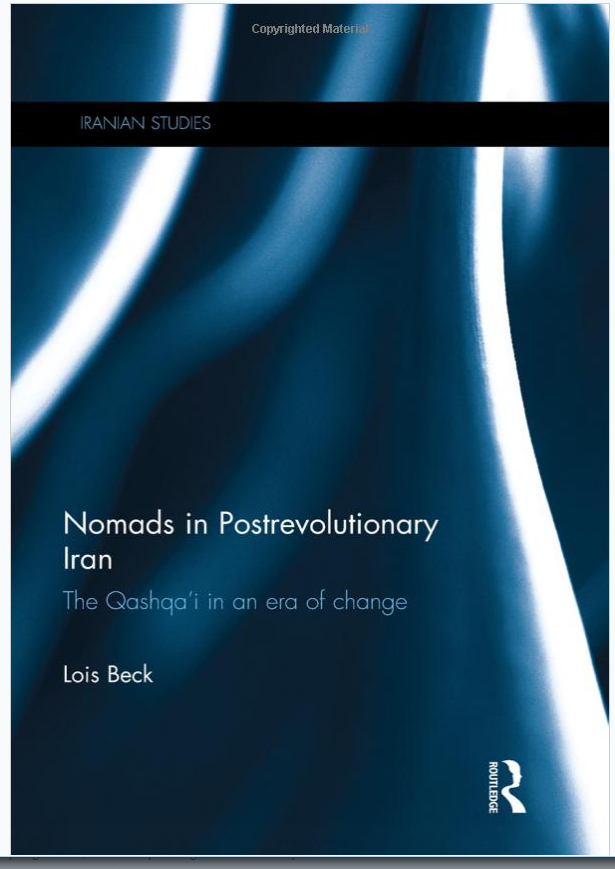


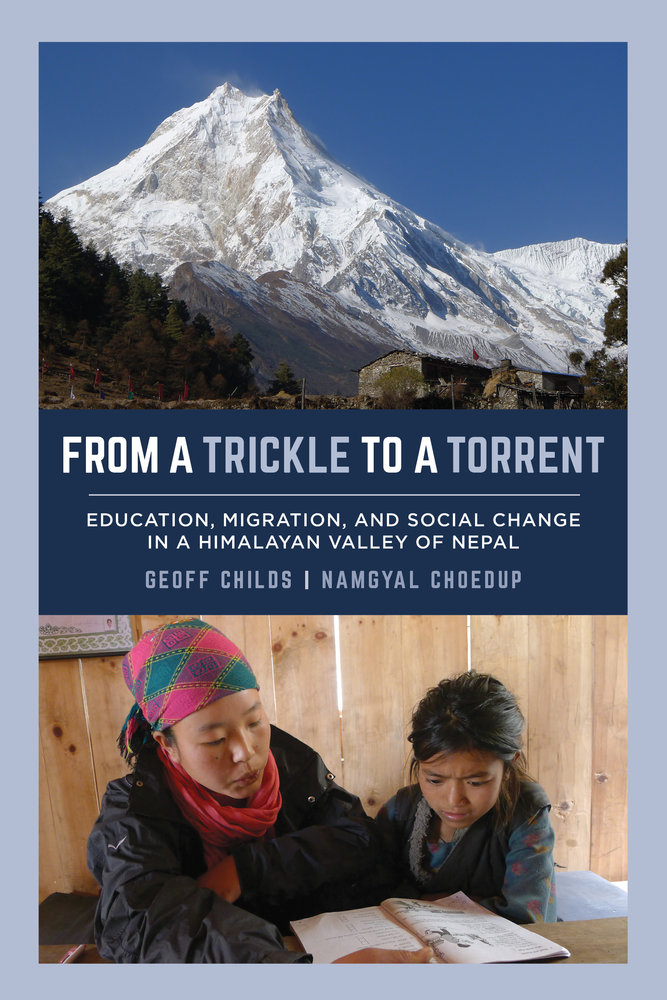
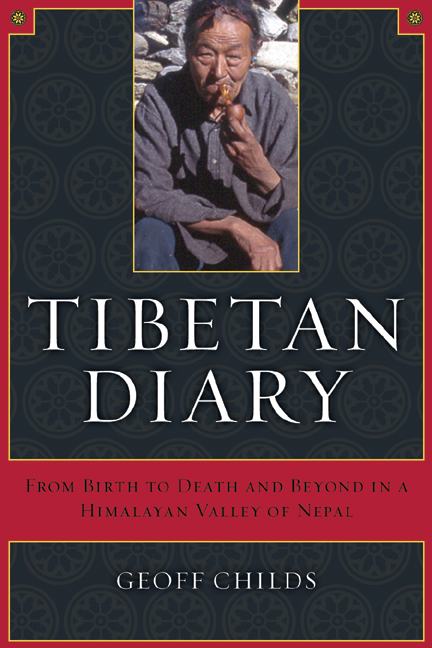
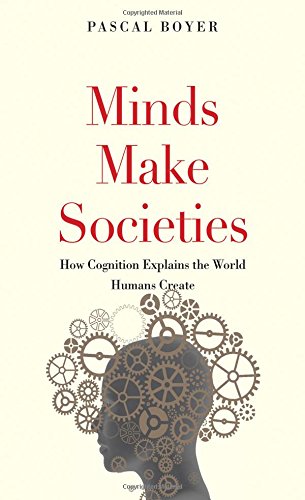


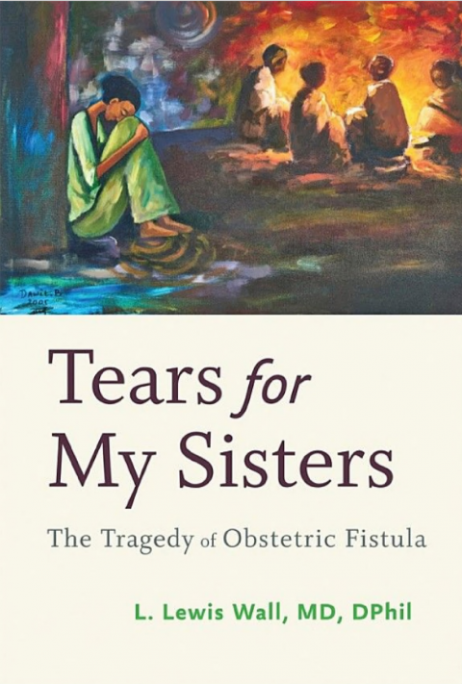
A Machine to Make a Future: Biotech Chronicles
A Machine to Make a Future represents a remarkably original look at the present and possible future of biotechnology research in the wake of the mapping of the human genome. The central tenet of Celera Diagnostics--the California biotech company whose formative work during 2003 is the focus of the book--is that the emergent knowledge about the genome, with its profound implications for human health, can now be turned into a powerful diagnostic apparatus--one that will yield breakthrough diagnostic and therapeutic products (and, potentially, profit). Celera's efforts--assuming they succeed--may fundamentally reshape the fabric of how health and health care are understood, practiced, and managed.
Presenting a series of interviews with all of the key players in Celera Diagnostics, Paul Rabinow and Talia Dan-Cohen open a fascinating window on the complexity of corporate scientific innovation. This marks a radical departure from other books on the biotech industry by chronicling the vicissitudes of a project during a finite time period, in the words of the actors themselves.
The Boundaries of Ancient Trade Kings, Commoners, and the Aksumite Salt Trade of Ethiopia
Drawing on rich ethnographic data as well as archaeological evidence, The Boundaries of Ancient Trade challenges long-standing conceptions of highly centralized sociopolitical and economic organization and trade along the Afar salt trail—one of the last economically significant caravan-basedtrade routes in the world.
For thousands of years, farmers in the Tigray, Amhara, and Afar regions of Ethiopia and Eritrea have run caravans of nearly 250,000 people and pack animals annually along an eighty-mile route through both cold, high-altitude farmlands and some of the hottest volcanic desert terrain on earth. In her fieldwork, archaeologist Helina Solomon Woldekiros followed the route with her own donkey and camel caravan, observing and interviewing over 150 Arho (caravaners), salt miners, salt cutters, warehouse owners, brokers, shop owners, and salt village residents to model the political economy of the ancient Aksumite state. The first integrated ethnoarchaeological and archaeological research on this legendary route, this volume provides evidence that informal economies and local participation have played a critical role in regional trade and, ultimately, in maintaining the considerable power of the Aksumite state. Woldekiros also contributes new insights into the logistics of pack animal–based trade and variability in the central and regional organization of global ancient trade.
Using a culturally informed framework for understanding the organization of the ancient salt route and its role in linking the Aksumite state to rural highland agricultural and lowland mobile pastoralist populations, The Boundaries of Ancient Trade makes a key contribution to theoretical discussions of hierarchy and more diffuse power structures in ancient states. This work generates new interest in the region as an area of global relevance in archaeological and anthropological debates on landscape, social interaction, and practice theories.
African Medical Pluralism
In most places on the African continent, multiple health care options exist and patients draw on a therapeutic continuum that ranges from traditional medicine and religious healing to the latest in biomedical technology. The ethnographically based essays in this volume highlight African ways of perceiving sickness, making sense of and treating suffering, and thinking about health care to reveal the range and practice of everyday medicine in Africa through historical, political, and economic contexts.
How Nations Remember: A Narrative Approach
How Nations Remember draws on multiple disciplines in the humanities and social sciences to examine how a nation's account of the past shapes its actions in the present. National memory can underwrite noble aspirations, but the volume focuses largely on how it contributes to the negative tendencies of nationalism that give rise to confrontation. Narratives are taken as units of analysis for examining the psychological and cultural dimensions of remembering particular events and also for understanding the schematic codes and mental habits that underlie national memory more generally. In this account, narratives are approached as tools that shape the views of members of national communities to such an extent that they serve as co-authors of what people say and think. Drawing on illustrations from Russia, China, Georgia, the United States, and elsewhere, the book examines how "narrative templates," "narrative dialogism," and "privileged event narratives" shape nations' views of themselves and their relations with others. The volume concludes with a list of ways to manage the disputes that pit one national community against another.
A Simpler Life
A Simpler Life approaches the developing field of synthetic biology by focusing on the experimental and institutional lives of practitioners in two labs at Princeton University. It highlights the distance between hyped technoscience and the more plodding and entrenched aspects of academic research.
Talia Dan-Cohen follows practitioners as they wrestle with experiments, attempt to publish research findings, and navigate the ins and outs of academic careers. Dan-Cohen foregrounds the practices and rationalities of these pursuits that give both researchers' lives and synthetic life their distinctive contemporary forms. Rather than draw attention to avowed methodology, A Simpler Life investigates some of the more subtle and tectonic practices that bring knowledge, doubt, and technological intervention into new configurations. In so doing, the book sheds light on the more general conditions of contemporary academic technoscience.
Famished: Eating Disorders and Failed Care in America
When Rebecca Lester was eleven years old—and again when she was eighteen—she almost died from anorexia nervosa. Now both a tenured professor in anthropology and a licensed social worker, she turns her ethnographic and clinical gaze to the world of eating disorders—their history, diagnosis, lived realities, treatment, and place in the American cultural imagination.
Famished, the culmination of over two decades of anthropological and clinical work, as well as a lifetime of lived experience, presents a profound rethinking of eating disorders and how to treat them. Through a mix of rich cultural analysis, detailed therapeutic accounts, and raw autobiographical reflections, Famished helps make sense of why people develop eating disorders, what the process of recovery is like, and why treatments so often fail. It’s also an unsparing condemnation of the tension between profit and care in American healthcare, demonstrating how a system set up to treat a disease may, in fact, perpetuate it. Fierce and vulnerable, critical and hopeful, Famished will forever change the way you understand eating disorders and the people who suffer with them.
Feeding Cahokia: Early Agriculture in the North American Heartland
Feeding Cahokia: Early Agriculture in the North American Heartland presents evidence to demonstrate that the emphasis on corn has created a distorted picture of Cahokia’s agricultural practices. Farming at Cahokia was biologically diverse and, as such, less prone to risk than was maize-dominated agriculture. Gayle J. Fritz shows that the division between the so-called elites and commoners simplifies and misrepresents the statuses of farmers—a workforce consisting of adult women and their daughters who belonged to kin groups crosscutting all levels of the Cahokian social order. Many farmers had considerable influence and decision-making authority, and they were valued for their economic contributions, their skills, and their expertise in all matters relating to soils and crops. Fritz examines the possible roles played by farmers in the processes of producing and preparing food and in maintaining cosmological balance.
The People of Sunghir: Burials, Bodies, and Behavior in the Earlier Upper Paleolithic
In this latest volume in the Human Evolution Series, Erik Trinkaus and his co-authors synthesize the research and findings concerning the human remains found at the Sunghir archaeological site. It has long been apparent to those in the field of paleoanthropology that the human fossil remains from the site of Sunghir are an important part of the human paleoanthropological record, and that these fossil remains have the potential to provide substantial data and inferences concerning human biology and behavior, both during the earlier Upper Paleolithic and concerning the early phases of human occupation of high latitude continental Eurasia. But despite many separate investigations and published studies on the site and its findings, a single and definitive volume does not yet exist on the subject. This book combines the expertise of four paleoanthropologists to provide a comprehensive description and paleobiological analysis of the Sunghir human remains.
Since 1990, Trinkaus et al. have had access to the Sunghir site and its findings, and the authors have published frequently on the topic. The book places these human fossil remains in context with other Late Pleistocene humans, utilizing numerous comparative charts, graphs, and figures. As such, the book is highly illustrated, in color. Trinkaus and his co-authors outline the many advances in paleoanthropology that these remains have helped to bring about, examining the Sunghir site from all angles.
Jesus in Our Wombs: Embodying Modernity in a Mexican Convent
In Jesus in Our Wombs, Rebecca J. Lester takes us behind the walls of a Roman Catholic convent in central Mexico to explore the lives, training, and experiences of a group of postulants―young women in the first stage of religious training as nuns. Lester, who conducted eighteen months of fieldwork in the convent, provides a rich ethnography of these young women's journeys as they wrestle with doubts, fears, ambitions, and setbacks in their struggle to follow what they believe to be the will of God. Gracefully written, finely textured, and theoretically rigorous, this book considers how these aspiring nuns learn to experience God by cultivating an altered experience of their own female bodies, a transformation they view as a political stance against modernity.
Lester explains that the Postulants work toward what they see as an "authentic" femininity―one that has been eclipsed by the values of modern society. The outcome of this process has political as well as personal consequences. The Sisters learn to understand their very intimate experiences of "the Call"―and their choices in answering it―as politically relevant declarations of self. Readers become intimately acquainted with the personalities, family backgrounds, friendships, and aspirations of the Postulants as Lester relates the practices and experiences of their daily lives. Combining compassionate, engaged ethnography with an incisive and provocative theoretical analysis of embodied selves, Jesus in Our Wombs delivers a profound analysis of what Lester calls the convent's "technology of embodiment" on multiple levels―from the phenomenological to the political.
Remapping Bolivia: Resources, Territory, and Indigeneity in a Plurinational State
The 2005 election of Evo Morales to the presidency of Bolivia marked a critical moment of transformation--a coca farmer and peasant union leader became the first indigenous president in the history of the Americas. Gathering work from a new generation of anthropologists and scholars in related disciplines who have been doing fieldwork in the "post-Evo" era, Remapping Boliviareflects shifting paradigms in Latin Americanist and indigenous-related research.
On British Islam: Religion, Law, and Everyday Practice in Shariʿa Councils
On British Islam examines the history and everyday workings of Islamic institutions in Britain, with a focus on shariʿa councils. These councils concern themselves with religious matters, especially divorce. They have a higher profile in Britain than in other Western nations. Why? Taking a historical and ethnographic look at British Islam, John Bowen examines how Muslims have created distinctive religious institutions in Britain and how shariʿa councils interpret and apply Islamic law in a secular British context.
Bowen focuses on three specific shariʿa councils: the oldest and most developed, in London; a Midlands community led by a Sufi saint and barrister; and a Birmingham-based council in which women play a leading role. Bowen shows that each of these councils represents a prolonged, unique experiment in meeting Muslims' needs in a Western country. He also discusses how the councils have become a flash point in British public debates even as they adapt to the English legal environment.
On British Islam highlights British Muslims' efforts to create institutions that make sense in both Islamic and British terms. This balancing act is rarely acknowledged in Britain—or elsewhere—but it is urgent that we understand it if we are to build new ways of living together.
Nomads in Postrevolutionary Iran: The Qashqa'i in an Era of Change
Examining the rapid transition in Iran from a modernizing, westernizing, secularizing monarchy (1941-79) to a hard-line, conservative, clergy-run Islamic republic (1979-), this book focuses on the ways this process has impacted the Qashqa’i―a rural, nomadic, tribally organized, Turkish-speaking, ethnic minority of a million and a half people who are dispersed across the southern Zagros Mountains.
Analysing the relationship between the tribal polity and each of the two regimes, the book goes on to explain the resilience of the people’s tribal organizations, kinship networks, and politicized ethnolinguistic identities to demonstrate how these structures and ideologies offered the Qashqa’i a way to confront the pressures emanating from the two central governments.
Existing scholarly works on politics in Iran rarely consider Iranian society outside the capital of Tehran and beyond the reach of the details of national politics. Local-level studies on Iran―accounts of the ways people actually lived―are now rare, especially after the revolution. Based on long-term anthropological research, Nomads in Postrevolutionary Iran provides a unique insight into how national-level issues relate to the local level and will be of interest to scholars and researchers in Anthropology, Iranian Studies and Middle Eastern Studies.
Regulating Romance
In Regulating Romance: Youth Love Letters, Moral Anxiety, and Intervention in Uganda’s Time of AIDS (Vanderbilt University Press), author Shanti Parikh draws on two decades of ethnographic research and over 300 youth love letters to provide a rare window into young people’s romantic desires within the context of a moral panic around HIV and youth sexuality. In chapters entitled “Unbreak my heart,” “I miss you like a desert missing rain,” and “You’re just playing with my head,” she invites readers into the world of secret longings, disappointments, and anxieties of young Ugandans.
Pastoralist Landscapes and Social Interaction in Bronze Age Eurasia
Offering a fresh archaeological interpretation, this work reconceptualizes the Bronze Age prehistory of the vast Eurasian steppe during one of the most formative and innovative periods of human history. Michael D. Frachetti combines an analysis of newly documented archaeological sites in the Koksu River valley of eastern Kazakhstan with detailed paleoecological and ethnohistorical data to illustrate patterns in land use, settlement, burial, and rock art. His investigation illuminates the practical effect of nomadic strategies on the broader geography of social interaction and suggests a new model of local and regional interconnection in the third and second millennia B.C.E. Frachetti further argues that these early nomadic communities played a pivotal role in shaping enduring networks of exchange across Eurasia.
From a Trickle to a Torrent Education, Migration, and Social Change in a Himalayan Valley of Nepal
By Geoff Childs (Author), Namgyal Choedup (Author)
What happens to a community when the majority of young people leave their homes for the opportunity of obtaining an education? From a Trickle to a Torrent documents demographic and social consequences of educational migration from Nubri, a Tibetan enclave in the highlands of Nepal. The authors explore parents’ motivations for sending their children to distant schools and monasteries, social connections that shape migration pathways, young people’s estrangement from village life, and dilemmas that arise when educated individuals are unable or unwilling to return and reside in their native villages. Drawing on several years of research, this study documents a transitional period when the future of a Himalayan society teeters on the brink of irreversible change.
Tibetan Diary: From Birth to Death and Beyond in a Himalayan Valley of Nepal
In this rich and deeply personal account of life in the highlands of Nepal, Geoff Childs chronicles the daily existence of a range of people, from venerated lamas to humble householders. Offering insights into the complex dynamics of the ethnically Tibetan enclave of Nubri, Childs provides a vivid and compelling portrait of the ebb and flow of life and death, of communal harmony and discord, and of personal conflicts and social resolutions. Part ethnography, part travelogue, and part biography, Tibetan Diary is a one-of-a-kind book that conveys the tangled intricacies of a Tibetan society.
Childs's immensely readable and informative narrative incorporates contemporary observations as well as vignettes culled from first-person testaments including oral histories and autobiographies. Examining the tensions between cultural ideals and individual aspirations, he explores certain junctures in the course of life: how the desire to attain religious knowledge or to secure a caretaker in old age contrasts with social expectations and familial obligation, for example. The result is a vivid and unparalleled view of the quest for both spiritual meaning and mundane survival that typifies life in an unpredictable Himalayan environment.
Minds Make Societies: How Cognition Explains the World Humans Create
Integrating recent insights from evolutionary biology, genetics, psychology, economics, and other fields, Boyer offers precise models of why humans engage in social behaviors such as forming families, tribes, and nations, or creating gender roles. In fascinating, thought-provoking passages, he explores questions such as, Why is there conflict between groups? Why do people believe low-value information such as rumors? Why are there religions? What is social justice? What explains morality? Boyer provides a new picture of cultural transmission that draws on the pragmatics of human communication, the constructive nature of memory in human brains, and human motivation for group formation and cooperation.
The Fracture of an Illusion; Science And The Dissolution Of Religion
Pascal Boyer argues that religion is largely an illusion. The anthropologist traces religion's cognitive and evolutionary aspects. By "religion" he means a kind of existential and cognitive "package" that includes views about supernatural agency (gods), notions of morality, particular rituals and sometimes particular experiences, as well as membership in a particular community of believers. The package, however, does not really exist as such. Notions of supernatural agents, of morality, of ethnic identity, or ritual requirements and other experience, all appear in human minds independently. This implies that there is no such thing as a conflict between science and religion. Boyer takes the reader onto a journey through science and the dissolution of religion.
Blaming Islam
Why fears about Muslim integration into Western society—propagated opportunistically by some on the right—misread history and misunderstand multiculturalism.
Tears for My Sisters: The Tragedy of Obstetric Fistula
I wrote “Tears for My Sisters: The Tragedy of Obstetric Fistula” to help bring greater public awareness to the heart-wrenching reality of obstetric injury among the world’s poorest women,” author Dr. L. Lewis Wall said. “The discrepancies in maternal health, childbirth injuries and death between the women of advanced industrial countries and those women among the “bottom billion” is greater than almost any other public health indicator.
